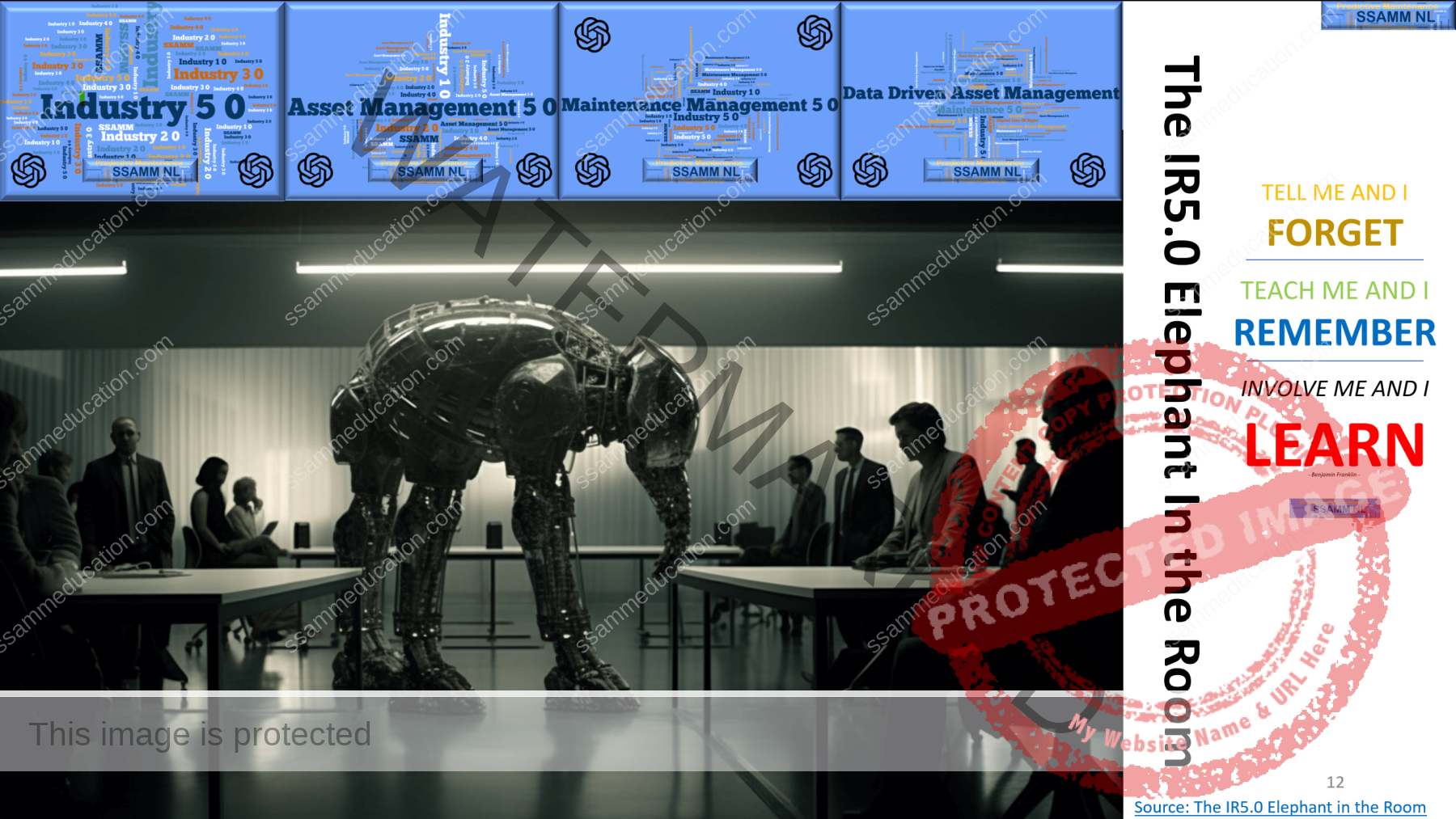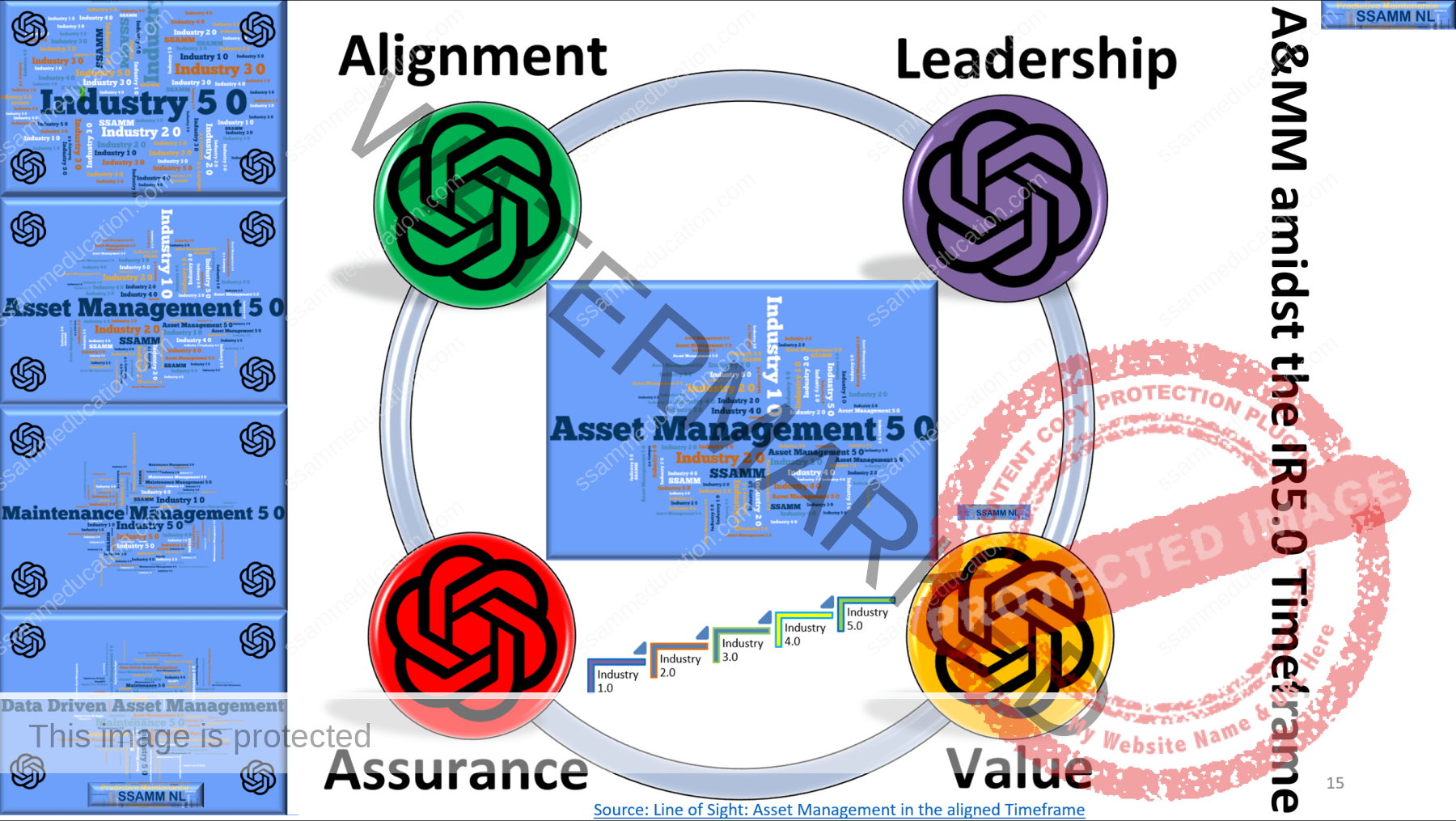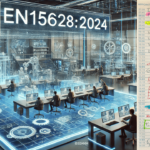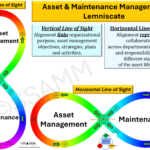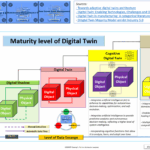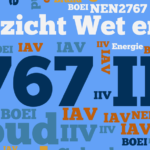Dr. Nina Trauernicht (Linkedin) Nominated Maintenance Thesis Award
Coordinated Interorganizational Decision-Making
DEALING WITH PROJECT COMPLEXITY IN THE
DUTCH RAILWAY CONTEXT
The fundamental systems and services that contribute to the economic prosperity and social well-being of a nation, such as public transportation, are highly important for society. According to the European Commission, public transportation in particular, such as the railway system, must become safer, more reliable, and increasingly connected in order to meet the expected increase in demand over the coming years while also dealing with the capacity boundaries of the system. This requires the railway system operators to upgrade their processes, systems and technology, while managing any risks.
In order to reach the aforementioned railway system performance goals of safety, reliability, and interconnectedness, the separate system entities need to be smoothly integrated in increasingly complex projects. One of the complexities of system integration is that it often requires many different stakeholders working together. Decisions have to be made jointly by the diverse system stakeholders
in a generally complex inter-organizational and socio-technical context. As such, coordinating inter-organizational projects for effective decision-making is crucial. Concerning this, Williams (2005), in his seminal work on project complexities, revealed that project management needs to take on a wider perspective than the overarching one-size-fits-all, positivistic, and reductionist view it has relied on since the 1960s. This perspective draws particular attention to ensuring that the complexities experienced when tackling system integration challenges are addressed in a more inclusive manner.
This dissertation investigates practical considerations and the complexities experienced in inter organizational projects in the Dutch railway system. Taking the aforementioned wider perspective on project management revealed that the complexities of railway system projects are diverse in nature. In addition, there is currently a predominant focus on planning & control-based management when coordinating projects. As such, the focus seems to be on a one-size-fits-all approach to coordinating different types of complexity. Finally, project managers are often unaware of how to address context-dependent decision-making complexities with fitting strategies.
For these reasons, this research project investigates “how inter-organizational project coordination can be improved in order to support decision-making concerning system integration challenges across the entire project lifecycle.” To research this, the dissertation is divided into two research themes. The first research theme establishes a thorough understanding of the complex problem context of inter-organizational projects which address system integration challenges. The second research theme aims to improve inter organizational project coordination in order to achieve more effective decision-making. In order to thoroughly address these two topics, a total of five sub-research questions have been formulated, which are addressed in individual chapters, using methodologies such as ‘Context, Intervention, Mechanism, Outcome logic’ for increased understanding, and ‘design science research’ to develop solutions.
The first research theme is explored by investigating coordination mechanisms from a process perspective, using two cases as well as exploring the coordination fit between the employed coordination mechanisms and the complexities experienced in four additional cases. This revealed that when relational coordination is used at the start of inter-organizational projects, agreement on decision-making seemed to be reached more smoothly.
The second research theme is explored by developing two design artifacts for inter-organizational project coordination, and implementing and testing these in railway system cases. The first design artifact has been applied in the context of decision-making in inter-organizational railway projects in order to deal with the different stakeholder perspectives when making decisions in a system context. The second design artifact has been employed in a more general context, namely: addressing the complexities experienced from a macro perspective. The second artifact can aid in creating more awareness of different coordination mechanisms and encourages a shift away from one-size-fits-all coordination approaches. Based on the implemented design artifacts, several lessons have been learned, which were summarized into six generalizable design propositions (GDPs) which can be used in other complex system contexts.
Design propositions GDP1-GDP3 focus on the context of decision problems in inter-organizational projects specifically, and show that a stronger focus on and more effort toward creating a mutual understanding of the problem before engaging extensively in solution development is prudent. An incomplete understanding of the various stakeholder needs can easily result in sub-optimal solutions. The research results indicate that understanding can be improved through, for example, intervision exercises among the project team, especially when done using a jointly developed process which creates more ownership of decisions. These principles appear to be particularly important in inter-organizational contexts where the various individuals representing the stakeholders have limited understanding of other parts of the system, have technical backgrounds, and/or are not familiar with each other.
Design propositions GDP4-GDP6 appear to be more generally applicable to project coordination in systems integration challenges, and indicate that more awareness of both coordination effectiveness and different coordination options is needed. Identifying individual coordination preferences and comparing and discussing team preferences are two principles that aid increasing coordination awareness. The complexity-response framework aids in matching the experienced complexity with strategies for navigating that complexity. This is especially important in the Dutch railway context, where the awareness of the potential of using coordination mechanisms other than planning & control is generally low. As such, by improving our understanding of the problem context of interorganizational railway projects and designing, implementing and testing tools aimed at improving project coordination, this dissertation provides professionals and empirical researchers with the means to address the project complexities of system integration challenges in a more fitting manner.
The dissertation concludes by presenting the theoretical and managerial implications discovered, for example that the developed artefacts should be considered a toolkit for professionals to assist them in choosing more appropriate responses to complexity they experience. As the social element is becoming
increasingly important, the first three design propositions GDP1-GDP3 focus on situations where there is an identified need to build relationships among project participants. This contributes to a better understanding of what happens in interorganizational projects when managing complexity. The second three design propositions GDP4-GDP6 reveal that effective coordination can be achieved by a better fit at the individual and inter-organizational team level. This will help managers in the railway or similar contexts to increase their effectiveness in coordinating their decision-making activities in increasingly interconnected (project) contexts. Finally, future research opportunities into more effective coordination in inter-organizational railway projects are highlighted, including the suggestion to focus on promoting
flexibility and the recommendation to test tools in the pre-project phase within the railway context.
Read Full Thesis





